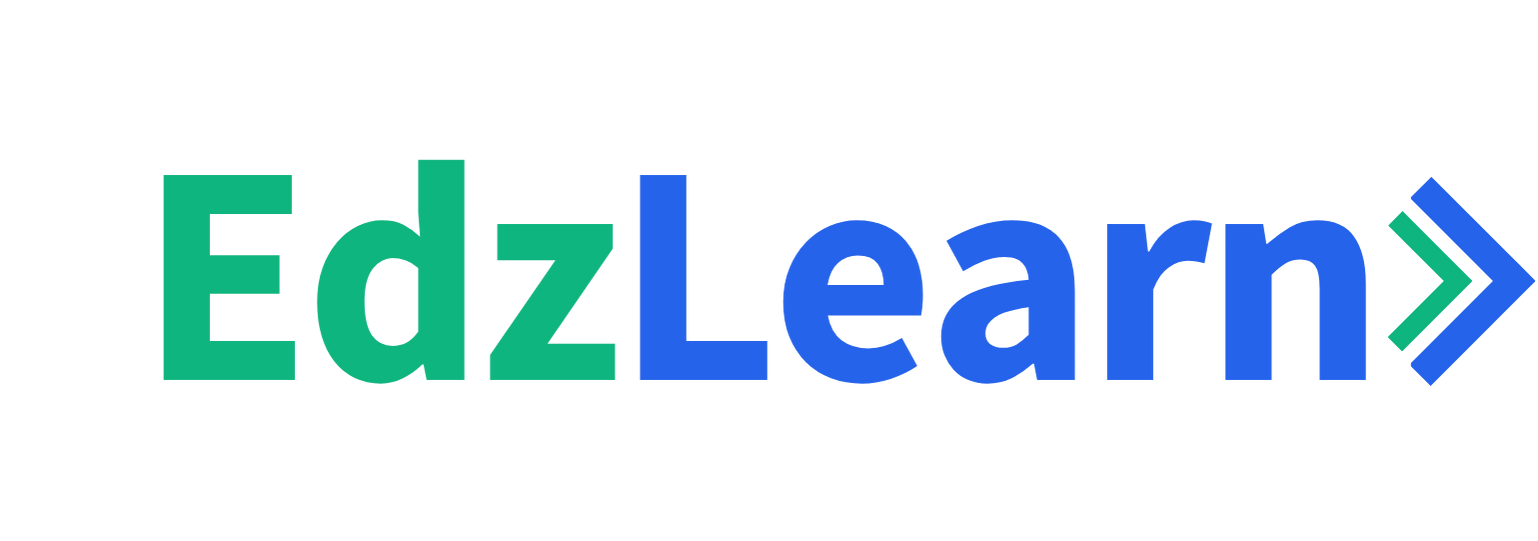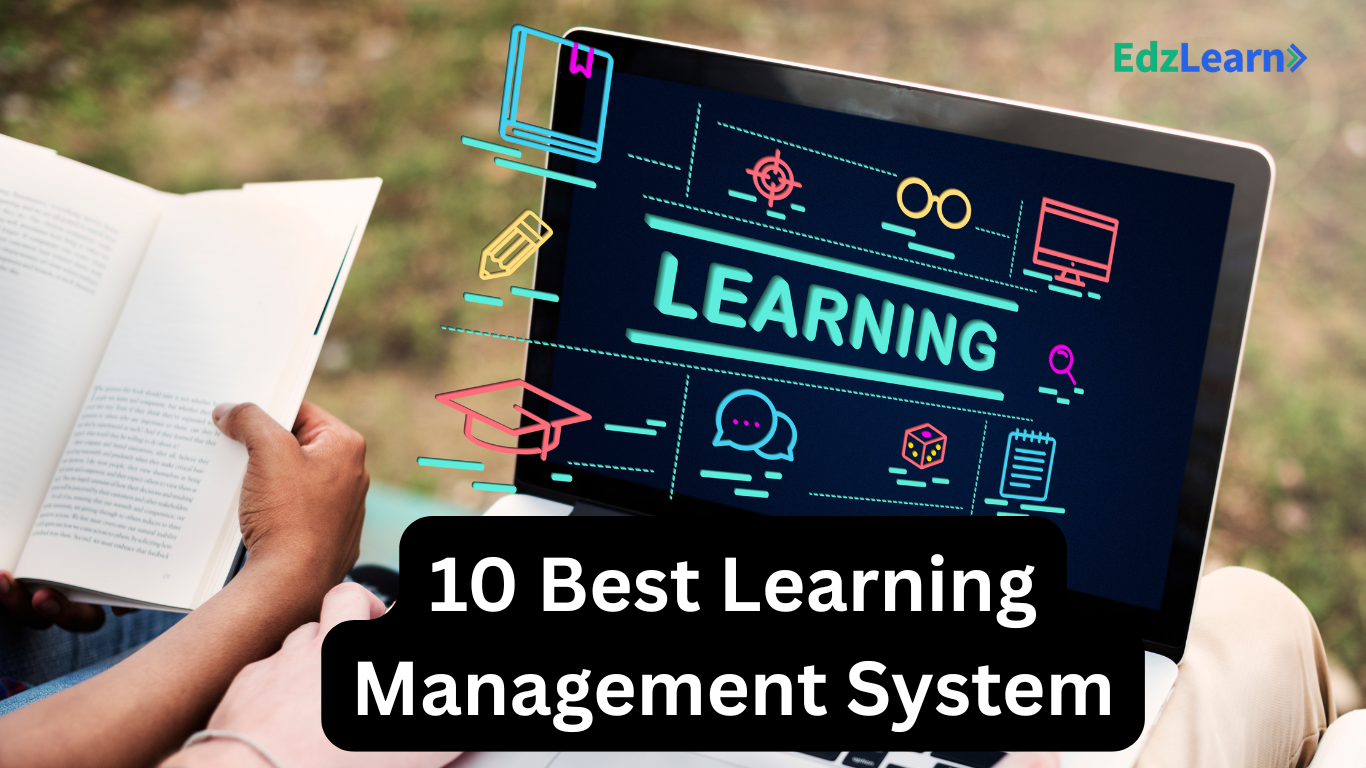What Is AI in Education Analytics?: Bridging the Gap Between Information and Impact
In today’s digitally powered learning environment, AI in Education Analytics plays a critical role in turning raw data into actionable insights. Learning Management Systems (LMS), e-learning platforms, and instructional technologies continuously generate vast amounts of data—from quiz submissions and page views to video interactions and personalized learning paths. While collecting this data is essential, the real value comes from analyzing it through AI. AI in Education Analytics enables educators and organizations to make data-driven decisions that enhance learner engagement, improve comprehension, and ultimately boost learning outcomes.
Enter AI-powered analytics—a sophisticated fusion of machine learning, pattern recognition, and predictive modeling. These tools don’t just collect numbers; they interpret behaviors, forecast trends, and provide actionable insights. In this detailed blog, we’ll explore how educators, trainers, and organizations are transforming educational data into meaningful impact. We'll dive into key AI analytics techniques, real-world use cases, implementation best practices, ethical considerations, and future trends—all focused on turning data into powerful learning decisions.
1. Why AI Analytics Matters in Modern Education
1.1 Information Overload, Insight Scarcity
E-learning platforms produce data at an unprecedented rate. Human analysis alone cannot keep up—vital signals get lost in noise. AI analytics cuts through the clutter, spotlighting patterns and pinpointing when and where learners need support most.
1.2 From Reactive to Proactive Learning
Traditional reporting sees problems after they appear—late quiz scores, low attendance, dropouts. AI enables predictive analytics, flagging at-risk learners early and guiding targeted interventions before issues escalate.
1.3 Tailoring Learning at Scale
Educators can’t monitor hundreds or thousands of learners constantly. AI provides scalable, individualized insights—driving personal learning experiences without 1:1 manual oversight.
1.4 Evidence-Based Decisions for Real Impact
Decisions backed by AI insights—like redesigning underperforming modules or redistributing facilitation efforts—deliver measurable improvements in performance, retention, and satisfaction.
2. Core Components of AI Learning Analytics
2.1 Data Collection & Preparation
Critical data types include:
- Engagement (logins, click patterns)
- Assessment (quiz scores, assignment submissions)
- Timing (duration on materials, session frequency)
- Behavior (navigation flow, dropout points)
- Demographics & context (role, cohort, job function)
AI excels at cleaning and organizing data at scale—making it ready for modeling.
2.2 Descriptive Analytics: Understanding What Happened
Dashboards powered by AI offer clear snapshots:
- Cohort performance trends
- Eye-catching drop-off hotspots
- Module-by-module engagement comparisons
These visuals help stakeholders understand foundational challenges and successes.
2.3 Diagnostic Analytics: Diagnosing Root Causes
AI compares top and bottom performers to identify:
- Critical submodules learners struggle with
- Inactivity periods where learners disengage
- Correlation between learning methods and success
This informs targeted content redesign and instructional interventions.
2.4 Predictive Analytics: Forecasting Learner Paths
AI models can predict:
- Who’s likely to drop out
- Learners at risk of failing assessments
- Time required for course mastery
Organizations use these insights to trigger timely support and reinforce success.
2.5 Prescriptive Analytics: Suggesting What to Do
The most powerful AI doesn't stop at prediction—it recommends next steps:
- Send coach reminders to dial-up engagement
- Launch peer-chat sessions in struggling cohorts
- Auto-adjust content difficulty or sequence for weaker learners
Prescriptive analytics brings data-driven decisions into daily workflows.
3. AI Analytics in Action: Use Cases That Drive Change
3.1 Higher Education: Reducing Drop-out Rates
AI models in universities identify at-risk students early by analyzing LMS activity and grades. Coaches then reach out to provide mentoring—often reducing drop-out rates by 10–20%.
Example: Georgia Tech’s “Jill Watson” project focused on forum activity and quiz logs to boost learner persistence and communal trust.
3.2 Corporate Training: Enhancing Sales Proficiency
Sales onboarding includes AI analytics that identify reps slipping on product knowledge modules. Adaptive quizzes re-surface critical info, and sales managers receive dashboards highlighting skill gaps.
Result: Shorter ramp-up times and improved early performance metrics.
3.3 Healthcare & Compliance: Ensuring Adherence
Hospitals track nurse training completion with AI alerts for overdue certifications. Predictive flags ensure compliance and patient safety—even before penalties occur.
3.4 Upskilling & Reskilling: Career Path Precision
Global enterprises use AI to map skills vs. role requirements. Employees get data-driven recommendations on skill gaps and curated learning plans—resulting in measurable role readiness.
3.5 K–12 & Virtual Schools: Engaging Young Learners
Chatbots engage students, while game-based analytics track focus shifts. AI identifies attention patterns during online classes and suggests shorter modules or additional interaction points to sustain interest.
4. Best Practices for Implementing AI-Driven Learning Analytics
4.1 Define Clear Learning Objectives
Know what you aim to improve: completion, mastery, satisfaction, speed, social interaction. Metrics should align with these goals.
4.2 Integrate Smartly with Existing Systems
Use LTI, xAPI, or SCORM to ensure AI analytics integrate seamlessly with your LMS, collaboration, and HR systems.
4.3 Design for Actionable Insights
Insights must be clear, prioritized, and linked to specific actions—e.g., "Send nudges to learners inactive for 5+ days and scoring <60%."
4.4 Close the Feedback Loop
Changes should tie back to analytics—measure improvements post-intervention and refine accordingly.
4.5 Foster Ethical Data Use
Obtain informed consent, anonymize when possible, encrypt data, and ensure compliance with policies like GDPR or HIPAA.
4.6 Human-AI Collaboration, Not Replacement
AI empowers human insight—organize interventions, not replace educators or trainers.
5. The AI Analytics Ecosystem: Tools & Technologies
5.1 Data Engineering & Warehousing
Platforms like Snowflake and Azure Data Lake collect logs and learner metadata at scale.
5.2 Machine Learning & Modeling
Use TensorFlow, PyTorch, or AutoML tools for classification, regression, clustering, and prediction models.
5.3 Visualization & Reporting
Tableau, Power BI, and custom web dashboards convert analytics into interpretable, actionable visuals.
5.4 Analytics Suites
Solutions like EdzLMS Analytics and Blackboard Predict leverage AI-specific models in education—no custom development required.
5.5 Ethical & Explainable AI
Model transparency ensures biases are flagged, and decisions are traceable. Explainable AI builds trust among educators and learners.
6. Overcoming Common Challenges
6.1 Data Quality & Fragmentation
Silos and missing data compromise insights. Standardize data formats and integrate across systems.
6.2 Complexity vs. Accessibility
AI must be easy to read and actionable—simplify dashboards and prioritize alerts.
6.3 Privacy Concerns
Strictly safeguard personal data and disclose usage. Avoid predictive scoring that labels learners unfairly.
6.4 Cost-Benefit Balance
Start small with pilot programs and scale based on effectiveness rather than overcommit early.
6.5 Cultural Readiness
Train staff on AI insights, raise awareness about value, and emphasize that this is about enhancement—not evaluation.
7. Future Trends in AI Learning Analytics
7.1 Emotion-Sensitive Models
Future AI will detect learner sentiment via keyboard dynamics or voice cues—triggering empathy nudges or self-care tips.
7.2 Coaching AI Agents
Imagine virtual coaches that review performance and schedule calls or feedback sessions automatically.
7.3 Neuro-Adaptive Systems
In the distant future, platforms could adapt in real time to brainwave signals—optimizing learning rhythm and pace.
7.4 Lifelong Learning Continua
AI will track and recommend across education, training, and career—creating a continuous, intelligent learning ecosystem.
8. ROI & Why AI Analytics is Worth the Investment
Implementing AI analytics yields:
- 10–25% better completion rates
- More proactive interventions, saving cost on manual coaching
- Faster course creation cycles via performance insights
- Smarter curriculum decisions backed by behavior data
- Compliance readiness with early deadline alerts
Organizations report ROI boosts of 15–40% in training efficiency and performance within the first year.
Frequently Asked Questions (FAQs)
Q1: What is AI in Education Analytics?
AI in Education Analytics refers to the use of artificial intelligence and machine learning to collect, process, and analyze educational data. This helps identify learning patterns, predict student outcomes, and personalize the learning experience for better results.
Q2: How does AI improve education analytics?
AI improves education analytics by automating data processing, detecting trends, and offering predictive insights. It helps educators make real-time decisions, customize learning paths, and identify at-risk learners more accurately.
Q3: What are the benefits of using AI in education analytics?
Key benefits include:
-
Personalized learning experiences
-
Improved learner engagement
-
Early intervention for struggling students
-
Data-driven curriculum design
-
Higher training ROI for organizations
Q4: Can AI in analytics be used in corporate training as well?
Absolutely. Corporate L&D platforms like EDZLMS use AI-powered analytics to track employee performance, measure skill gaps, and deliver personalized learning at scale.
Q5: Is data privacy a concern in AI-based education analytics?
Yes, data privacy is crucial. Reputable platforms implement encryption, role-based access, and compliance with global data protection standards like GDPR to ensure learner data is secure.
Conclusion: Turning Data Into Empowered Learning
Data alone is just noise. AI analytics turns that signal into smart decisions, transforming reactive education into proactive, personalized learning ecosystems. From universities to enterprises, every learning environment benefits when data translates into tangible action.
The future of education demands not just content delivery—but intelligent orchestration. AI analytics is the engine. But real impact comes when educators, data scientists, and leadership collaborate—closing the loop between insights, actions, and outcomes.So if you're ready to unlock improved retention, better performance, and empowered learners—start leveraging AI analytics. Because true learning isn’t just about collecting data—it’s about using it to empower learners, educators, and organizations to thrive.




